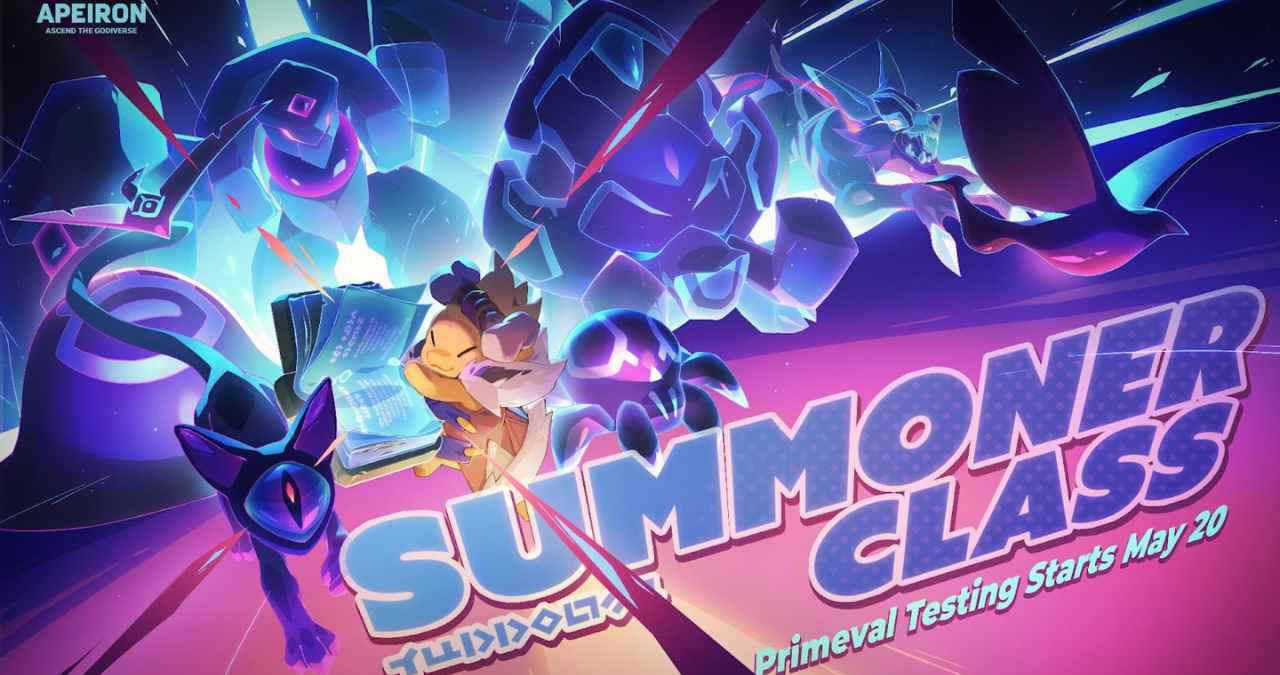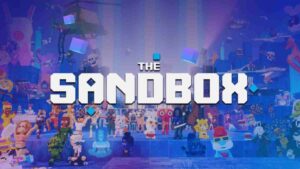Apeiron is kicking off Season 7 with a shift in both gameplay and structure. The Web3 god-game adds a brand-new Summoner class to its combat rotation while also expanding how NFT assets carry forward across seasons. The update arrives with a $30,000 prize pool, pushing players to re-engage with its mix of arena battles and strategy mechanics.
This season signals another step in Apeiron’s long-term plan to bridge game loops with asset value, while tightening the meta with new class roles and PvP balance changes.
Summoner class changes battlefield dynamics
The biggest gameplay addition this season is the Summoner, a class that leans into indirect control and creature-based combat. Unlike traditional frontline or caster archetypes, Summoners focus on deploying minions, using space control abilities, and manipulating tempo.
This introduces a slower, more tactical rhythm to fights, requiring opponents to split attention between the god-avatar and summoned units. It’s a shift from the usual ability-spamming brawls, and early impressions suggest this could heavily influence high-level play, especially in team formats.
The Summoner’s kit adds complexity to the battlefield without necessarily raising the mechanical ceiling. It’s more about timing and presence than execution.
$30K prize pool tied to Arena Mode rankings
Season 7 brings back competitive incentives with a $30,000 prize pool, tied directly to performance in the game’s core Arena Mode. Players climb the rankings through PvP matches, and rewards are distributed based on placement at the season’s end.
What’s different this time is how progression is tracked. The game now weighs not just win rates but also engagement metrics and adaptability across multiple maps and modes. That means consistency matters as much as raw skill.
Rewards will be split in both in-game currency and tokenized assets, reinforcing the game’s blend of on-chain and off-chain economies.
NFT upgrades focus on permanence and synergy
One of the major system changes this season affects how NFTs function across sessions. Apeiron now allows NFT-based Planets and God avatars to retain certain traits and bonuses across seasons, giving long-term players stronger continuity and incentives to upgrade existing assets.
These upgrades include passive buffs, cosmetic layers, and ecosystem-linked rewards, which can now interact with multiple game modes. The devs seem to be experimenting with modular NFT systems, where progression and loadouts can evolve rather than reset with each season.
That pushes Apeiron further away from short-term speculation and closer to a model of persistent digital ownership tied to gameplay relevance.
Apeiron continues to double down on hybrid gameplay
The game still straddles genres. It’s a god-game at its core, but built on top of real-time combat and collectible systems that echo both card games and action strategy titles. The addition of the Summoner class leans harder into the idea of multi-layered battles, where positioning and resource timing matter more than speed alone.
As for visuals, the game maintains its celestial art direction, mixing cosmic backdrops with abstract, brightly colored arenas. The UI remains dense but readable, and recent patches have smoothed out some of the earlier interaction issues with avatar movement and spell targeting.
For Web3 players looking for more than staking and idle farming, Season 7 feels like a genuine content push gameplay first, economy second, but still fully integrated.
Web3 Analyst & Play Blockchain Games Guide
CryptoKit breaks down Web3 gaming like it’s second nature. From tokenomics to airdrop strategies, she turns blockchain chaos into clear, actionable advice for players who want to win more than XP.




